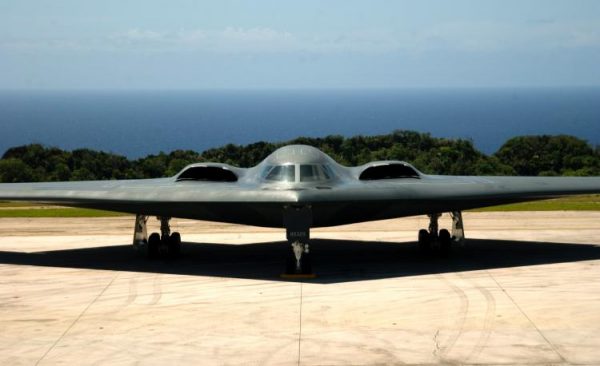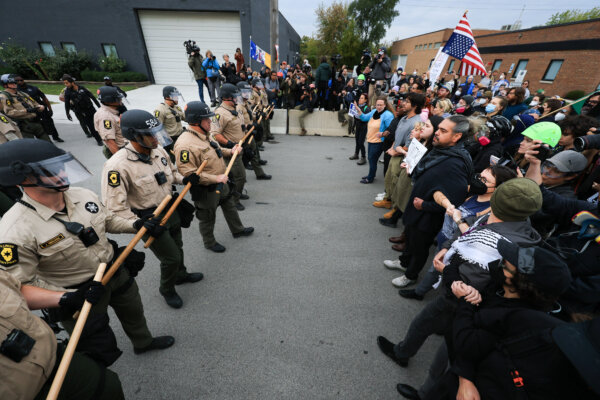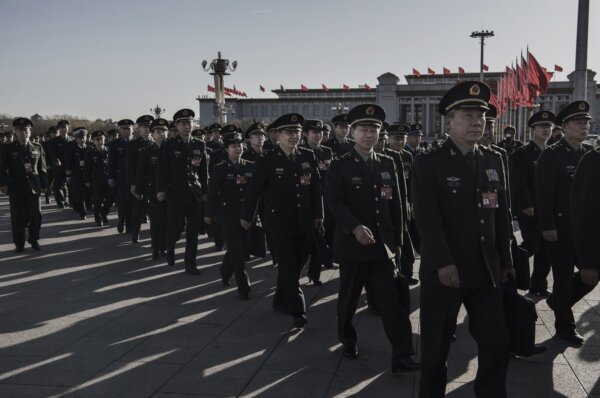![]() President Donald Trump is considering using military force to support Israel’s current campaign to destroy Iran’s nuclear enrichment capabilities.
President Donald Trump is considering using military force to support Israel’s current campaign to destroy Iran’s nuclear enrichment capabilities.
Although Trump has expressed a desire to keep U.S. forces out of the expanding conflict in the Middle East, Israel lacks the military capabilities required to directly destroy some of Iran’s nuclear facilities located deep underground.
To successfully destroy Iran’s Fordo nuclear enrichment plant, which is housed beneath a mountain, Israel requires so-called “bunker-buster” bombs, which are designed to penetrate soil and concrete structures before striking their target.
However, the only ordnance likely capable of reaching the facilities at Fordo are U.S.-made precision weapons owned exclusively by the U.S. military.
Iran’s Nuclear Fortress
Fordo is Iran’s second-largest nuclear facility and is located about 60 miles southwest of the capital of Tehran.
Constructed between 2007 and 2009, the Fordo facility is built into the side of a mountain. It is roughly 260 feet underground and reinforced with barriers.
The facility also appears designed to withstand direct airstrikes and is protected by anti-aircraft batteries, although these have come under fire from Israeli forces in the past week.
Israeli Prime Minister Benjamin Netanyahu has said the goal of attacking Iran is to eliminate its missile and nuclear programs, which he described as an existential threat to Israel, and officials have said the destruction of Fordo is part of that plan.
US Ordnance Required for an Airstrike
Fordo’s expansive natural and man-made defenses mean that there are steep requirements for what type of ordnance could destroy the facility via airstrike.
The only available ordnance likely to fit that bill is the GBU-57A/B Massive Ordnance Penetrator, a precision munition designed for the U.S. Air Force in the early 2000s.
Each GBU-57A/B weighs 30,000 pounds and is capable of penetrating about 200 feet of soil and concrete before exploding. Multiple bombs can also be used in succession to dig down farther, thereby destroying heavily fortified underground bunkers—such as those that U.S. forces struggled to eradicate during the Iraq War.
However, further complicating the matter of striking Fordo is the fact that there is only one aircraft outfitted to carry and use the GBU-57A/B. That aircraft is the B-2 Spirit, the United States’ premier stealth bomber.
The strategic long-range heavy bomber has a range of about 7,000 miles without refueling, and there are already four such aircraft deployed to the Indian Ocean, although it is unclear whether those four are equipped with the GBU-57A/B.
Such a bomb would therefore need to be dropped from a U.S. aircraft, which could risk pulling the United States into another war in the Middle East.
Such an attack would also risk releasing the highly enriched uranium present at the site, raising the possibility of a radiation-related disaster.
US Mulls Entering Israel’s War
Trump has called on Iran to submit to an unconditional surrender to Israel and has said that Iranian Supreme Leader Ali Khamenei would be an “easy target” if the United States were to take action against Iran.
Trump’s remarks come a day after he called for the immediate evacuation of Tehran, repeating the warning that Iran must not obtain a nuclear weapon and suggesting that the country could be headed for a catastrophe by refusing to make a deal on nuclear disarmament.
Although the Trump administration has frequently positioned itself as being against foreign military entanglements, the desire to eliminate the potential for a nuclear-armed Iran and to support Israel appears to have shifted that stance somewhat.
Writing on social media platform X, Vice President JD Vance said on June 17 that Trump “may decide he needs to take further action to end Iranian enrichment.”
Acknowledging Americans’ concern about another war in the Middle East, Vance said the decision of whether to bomb Iran would ultimately be made by Trump.
“That decision ultimately belongs to the president,” Vance wrote.











